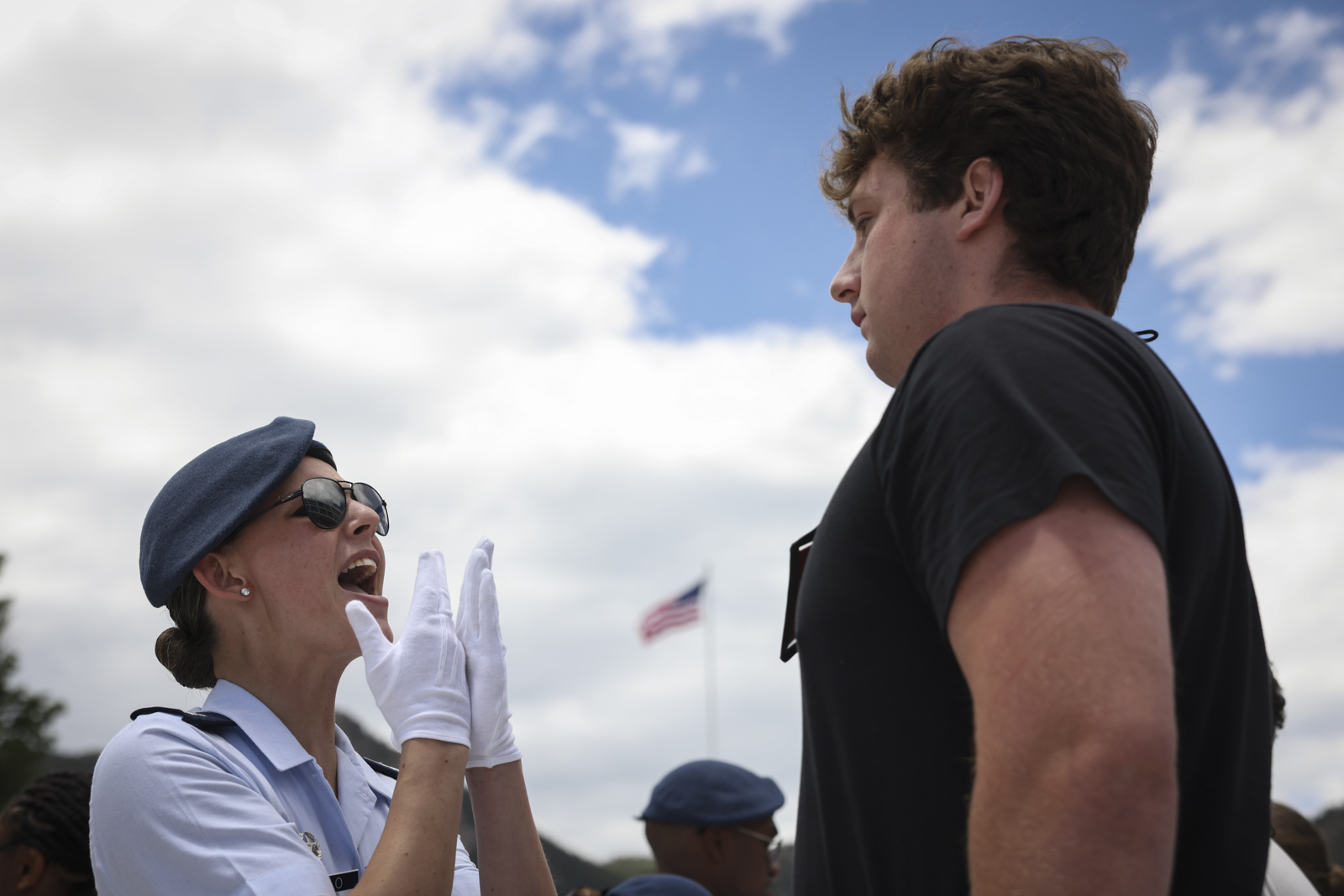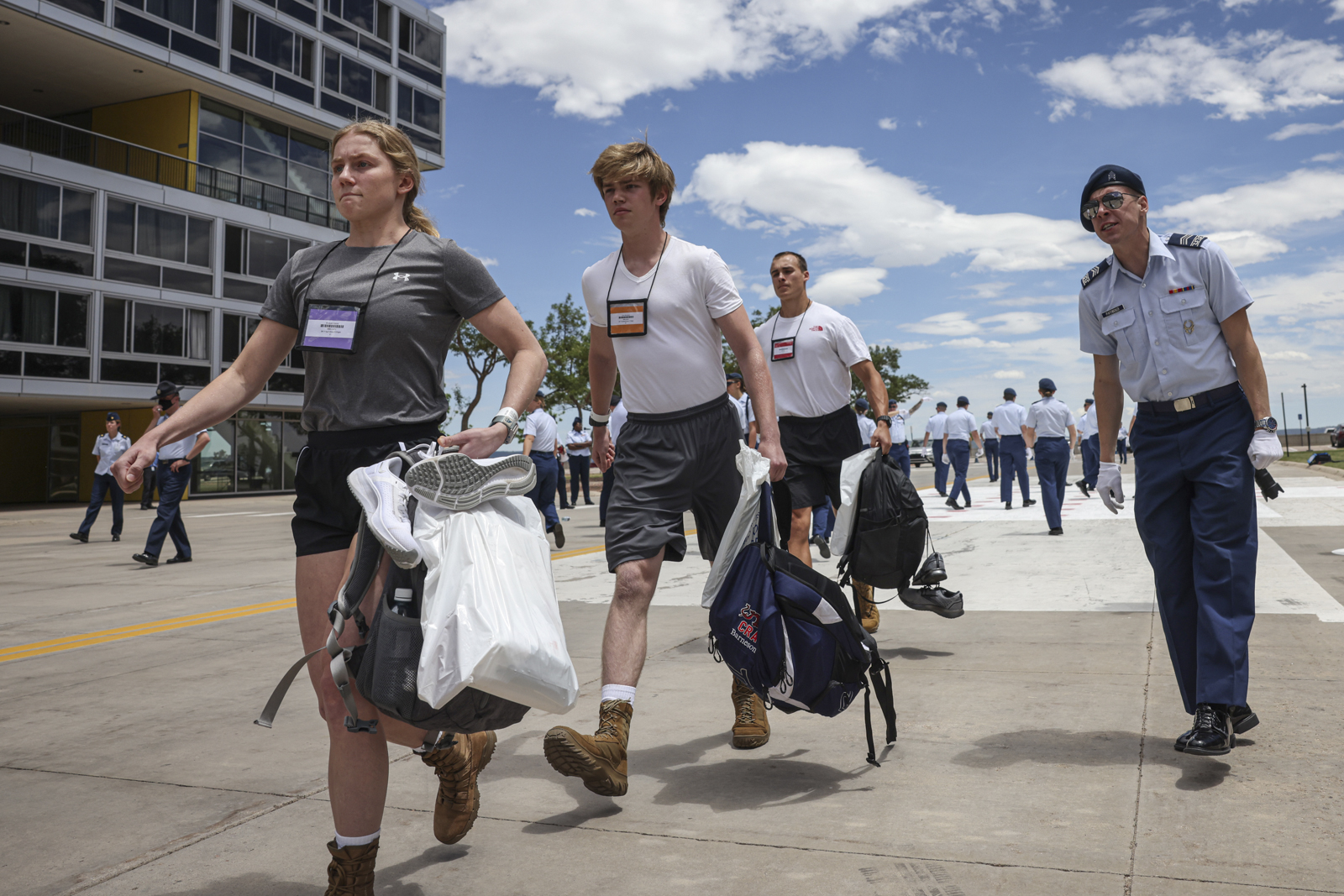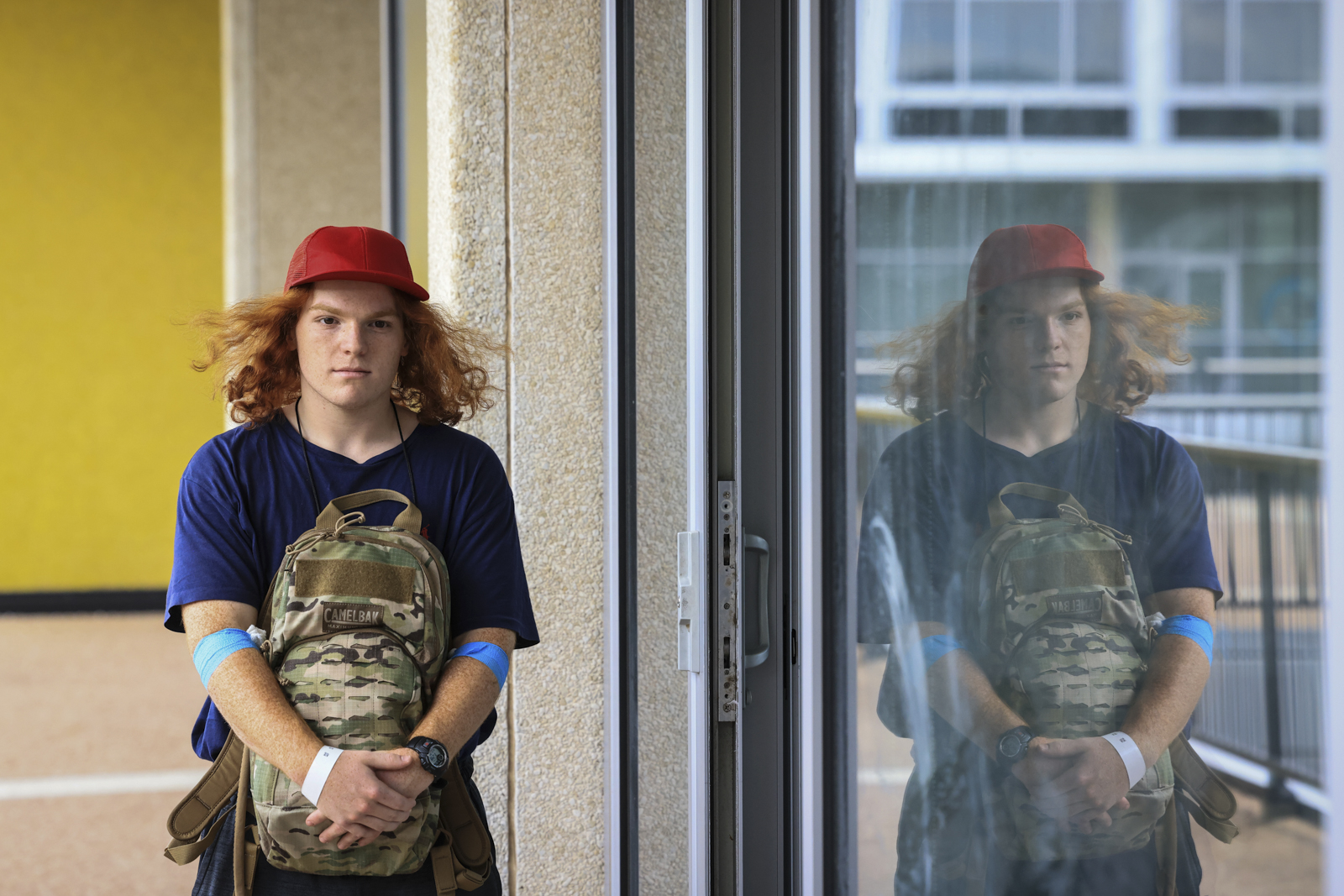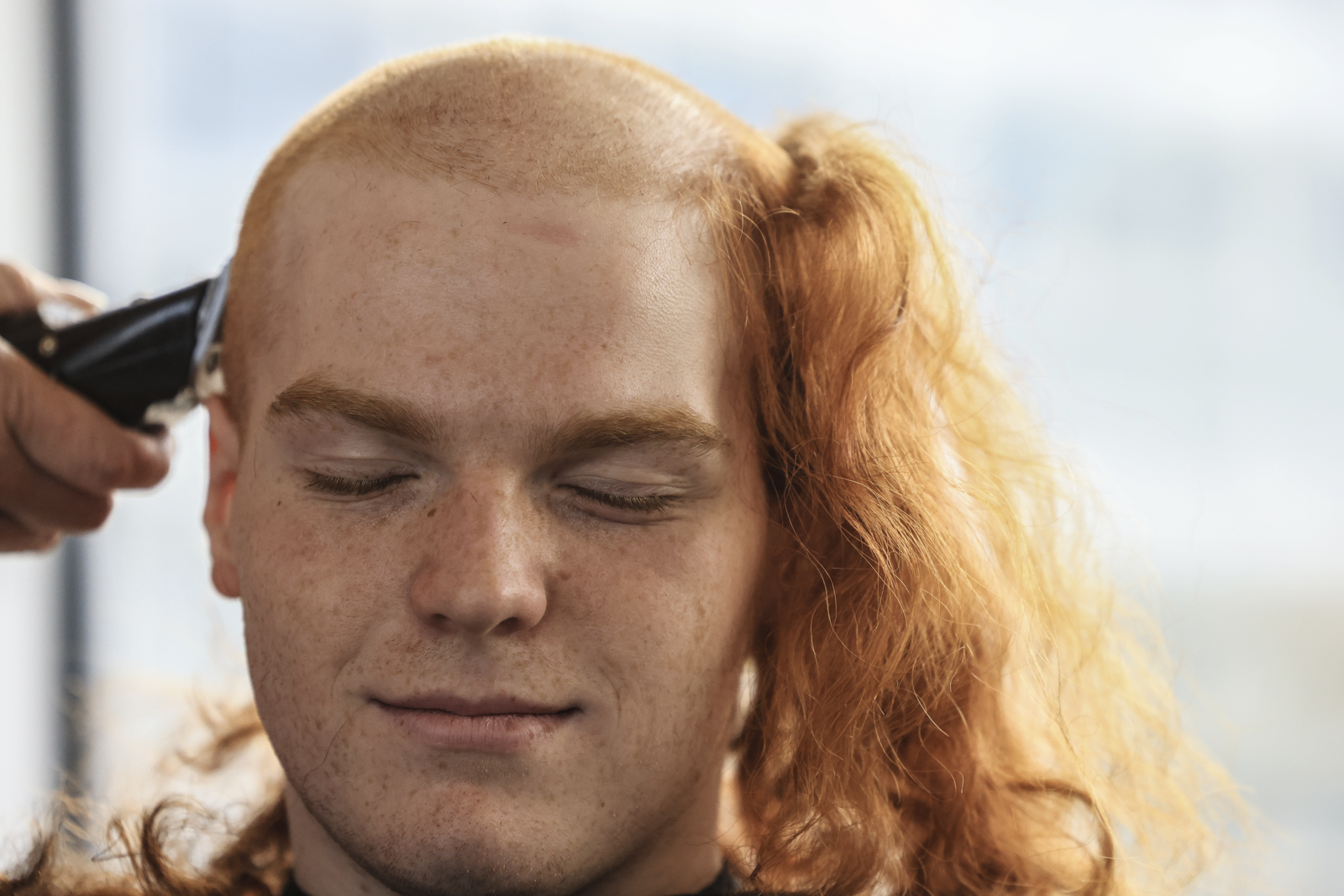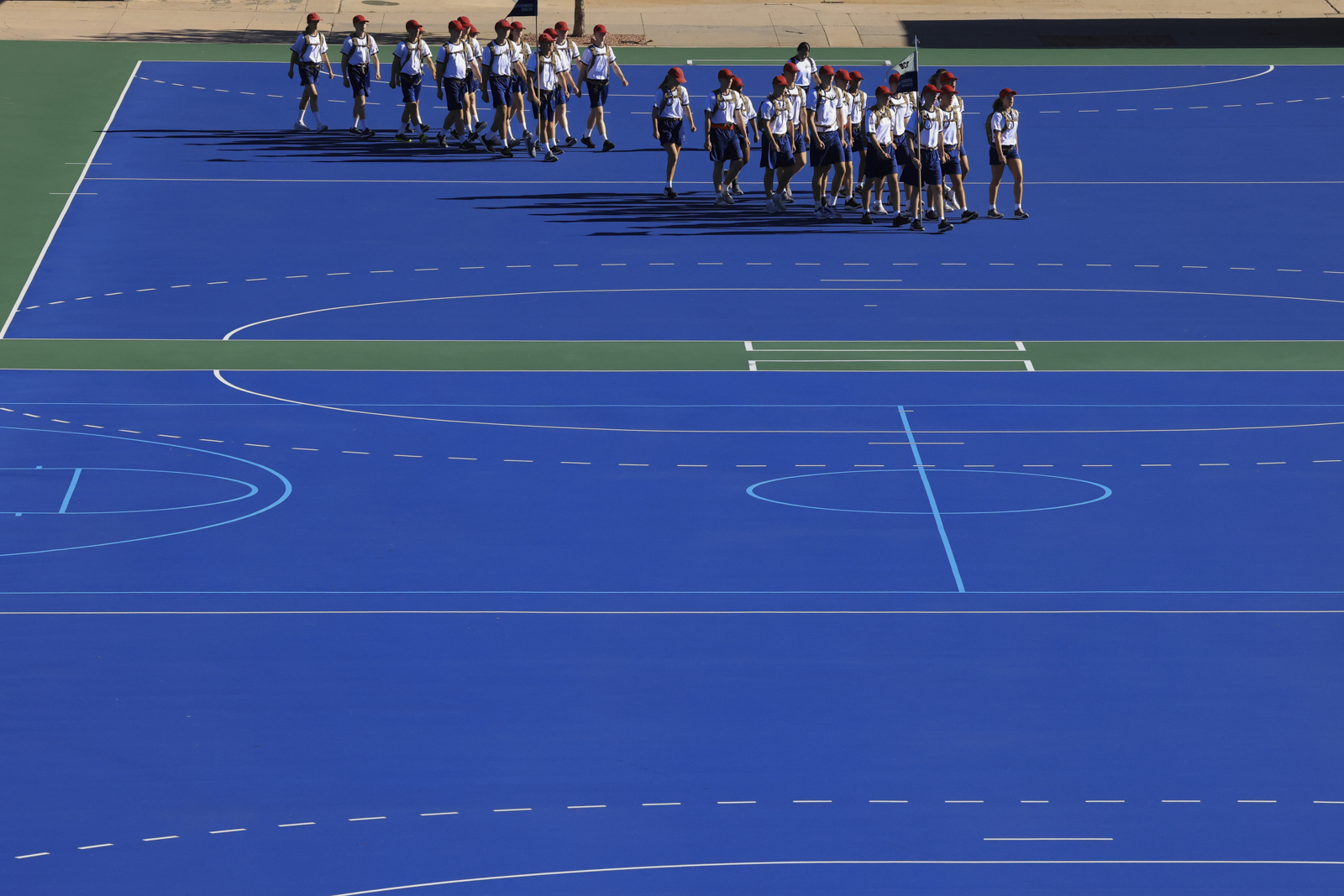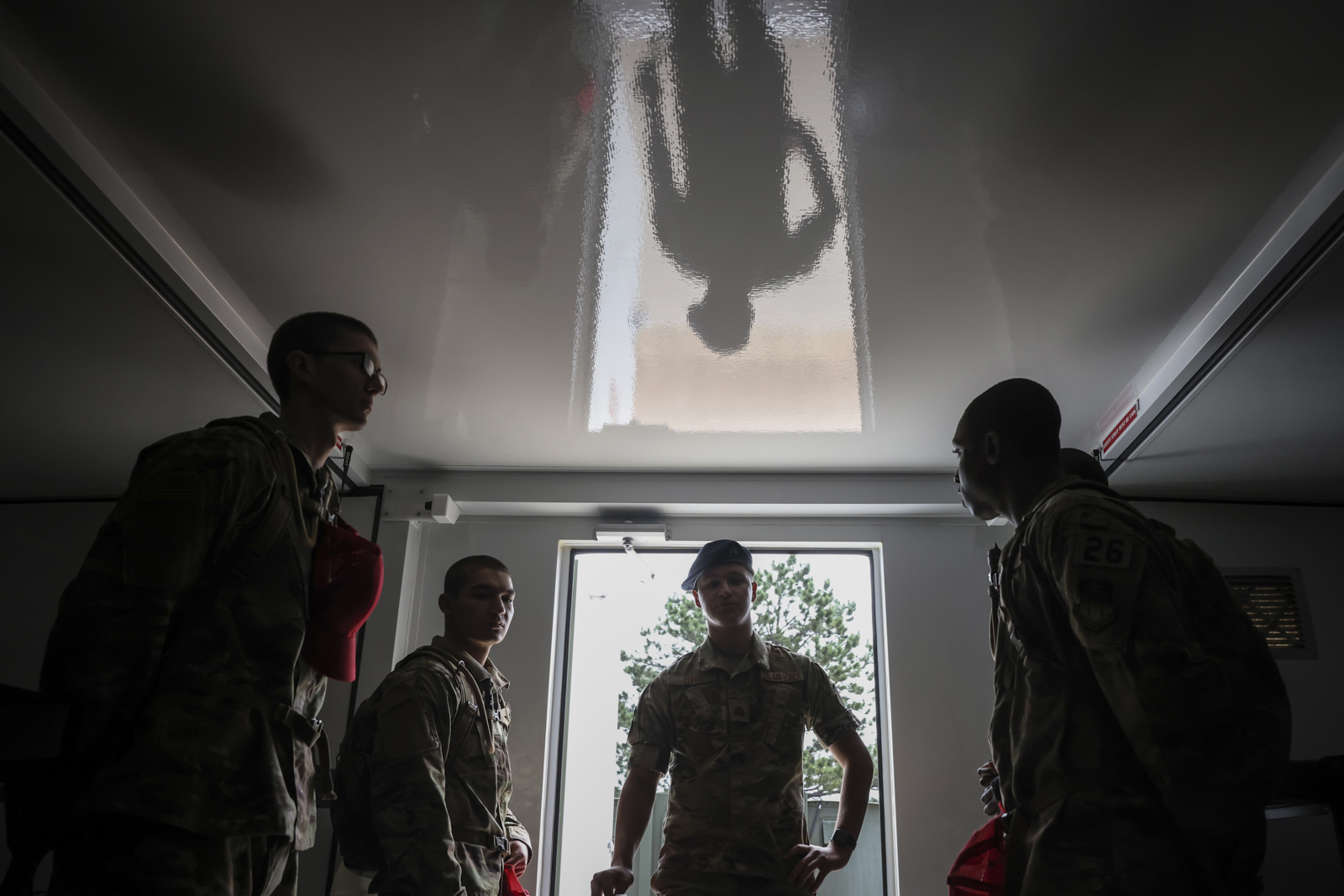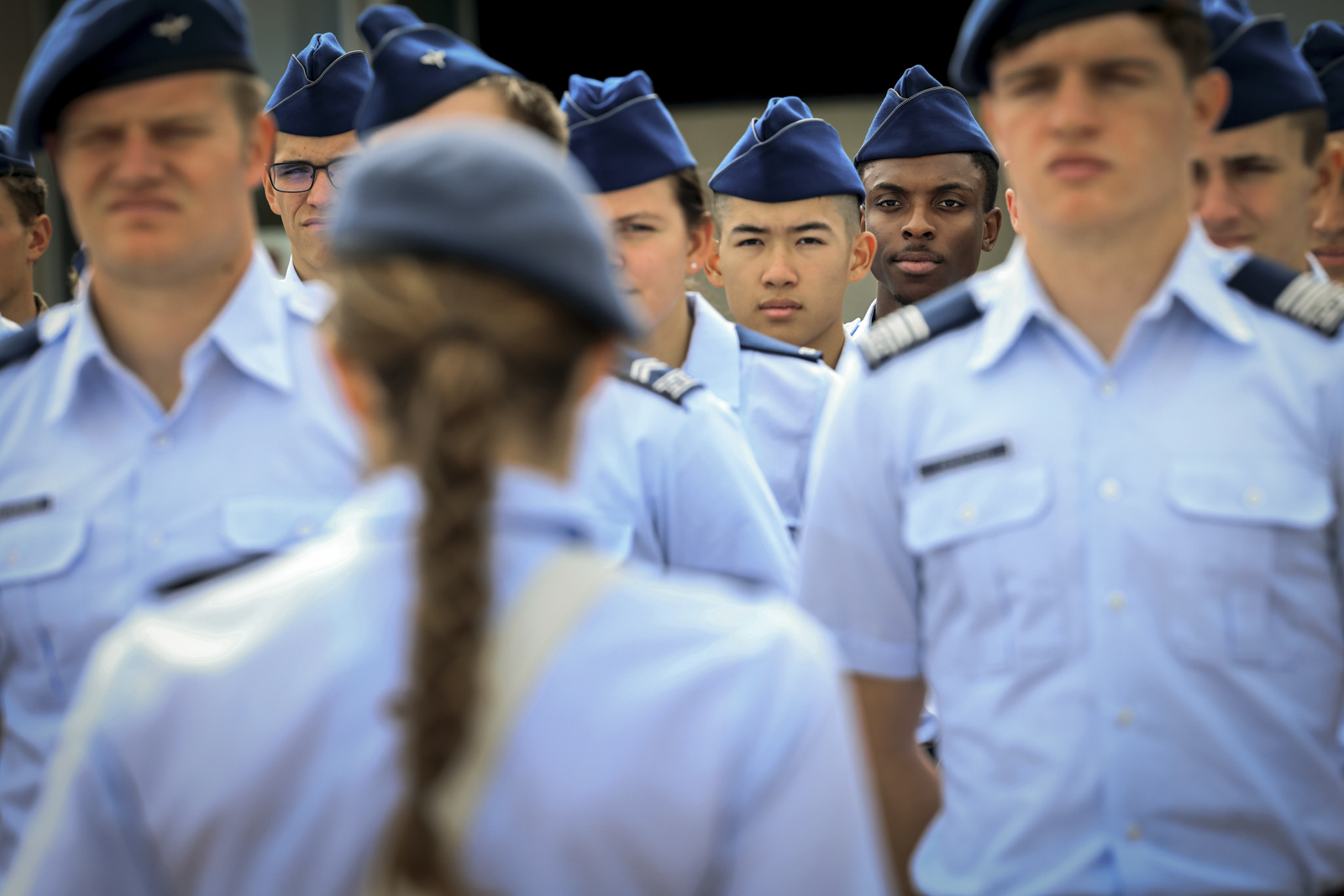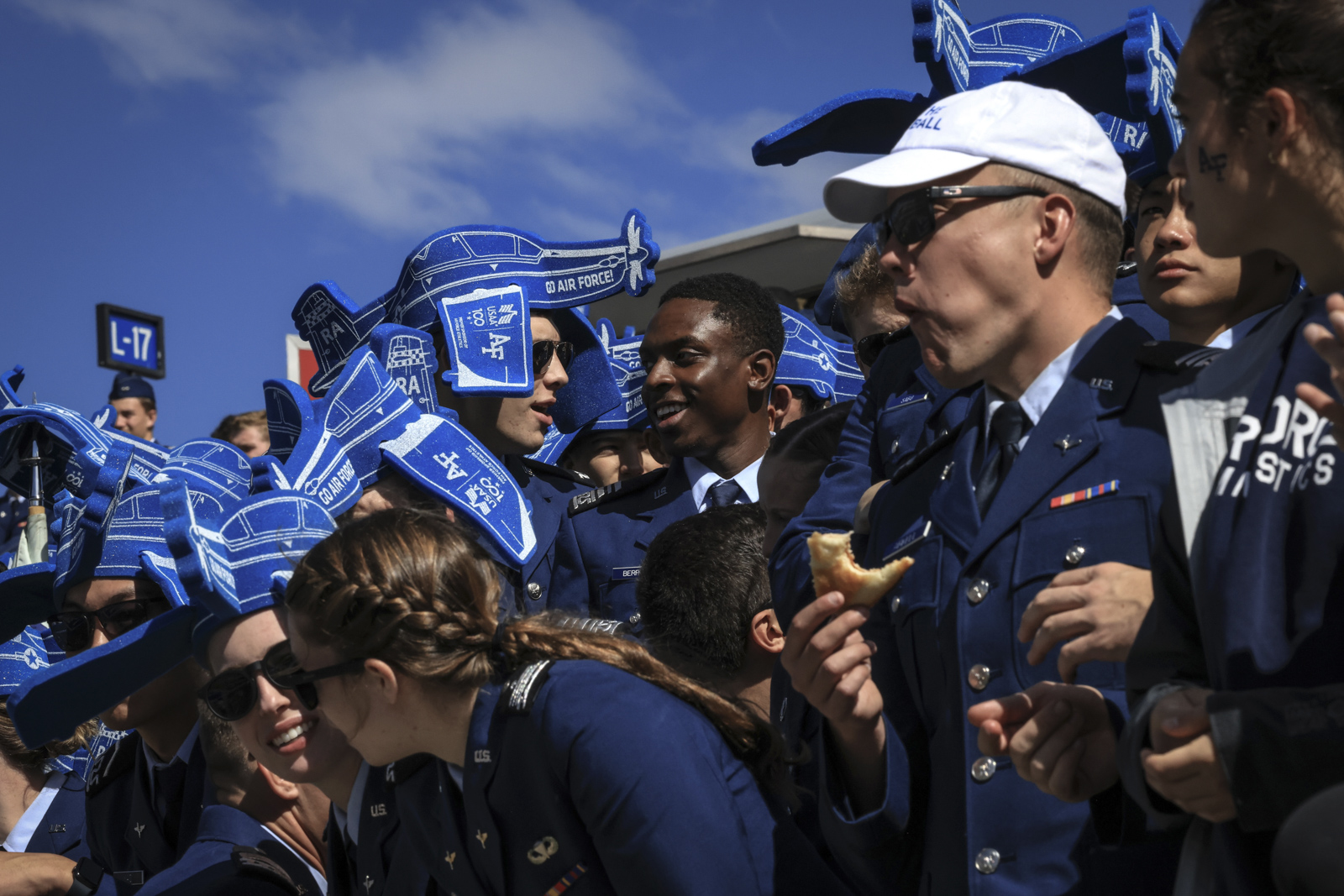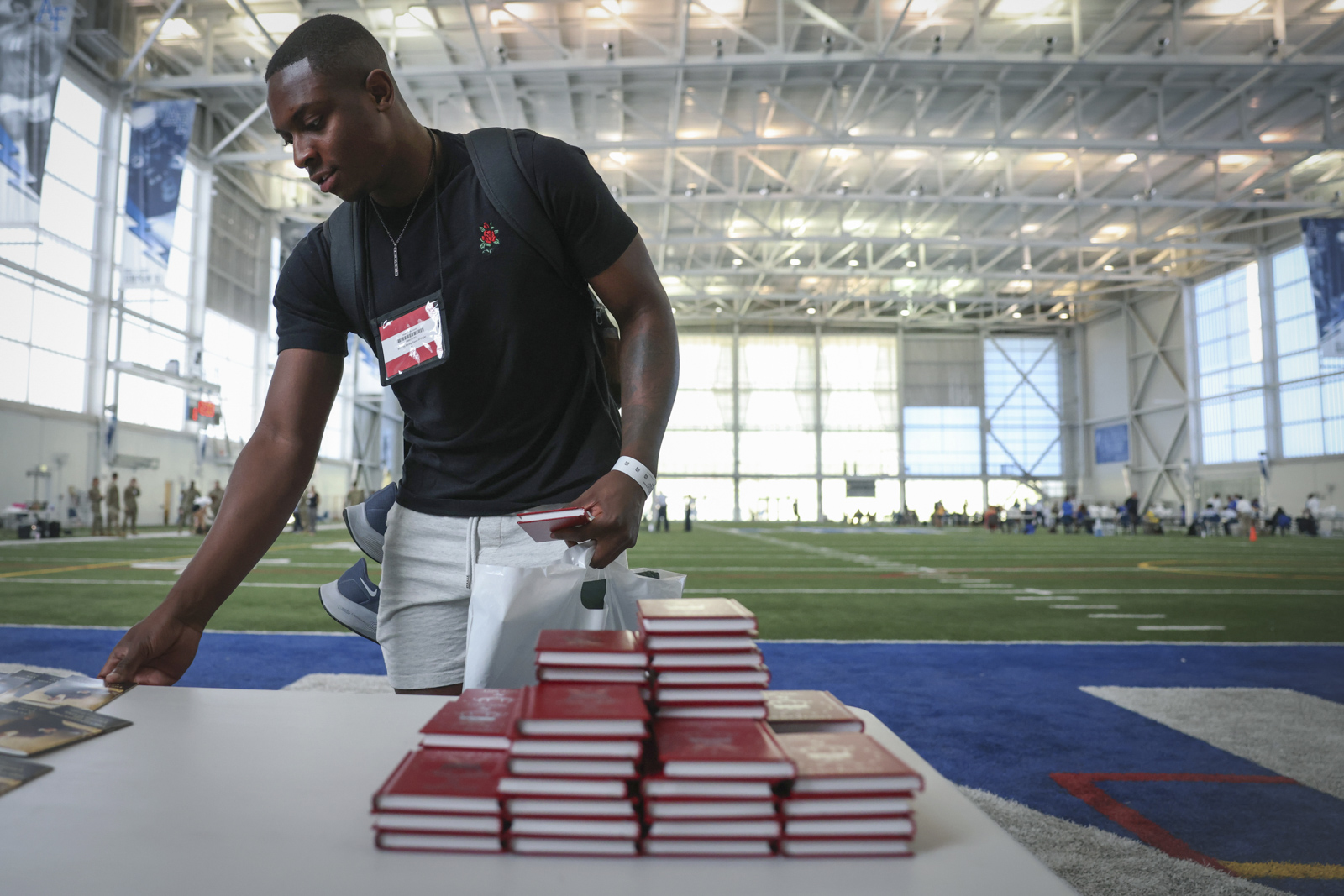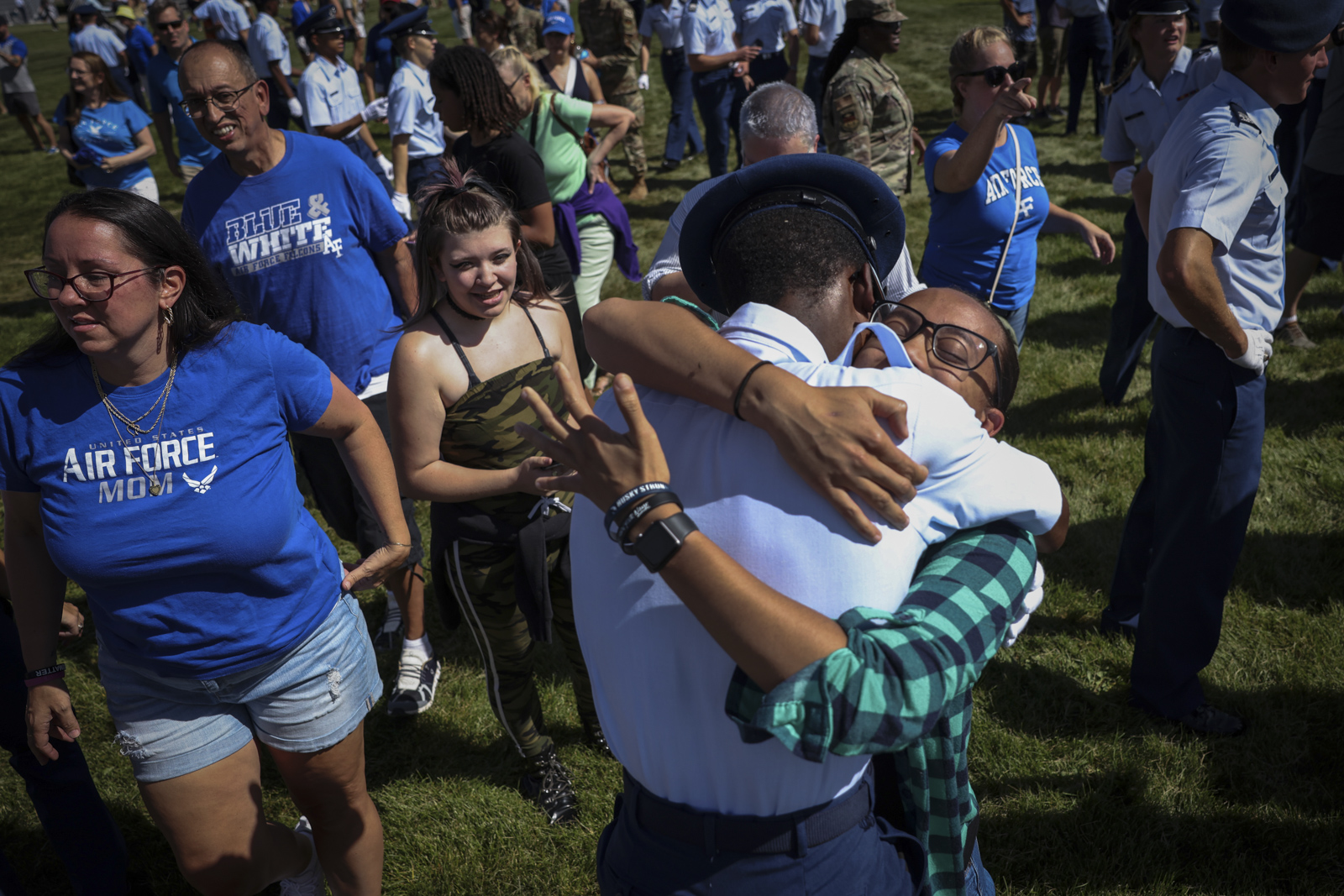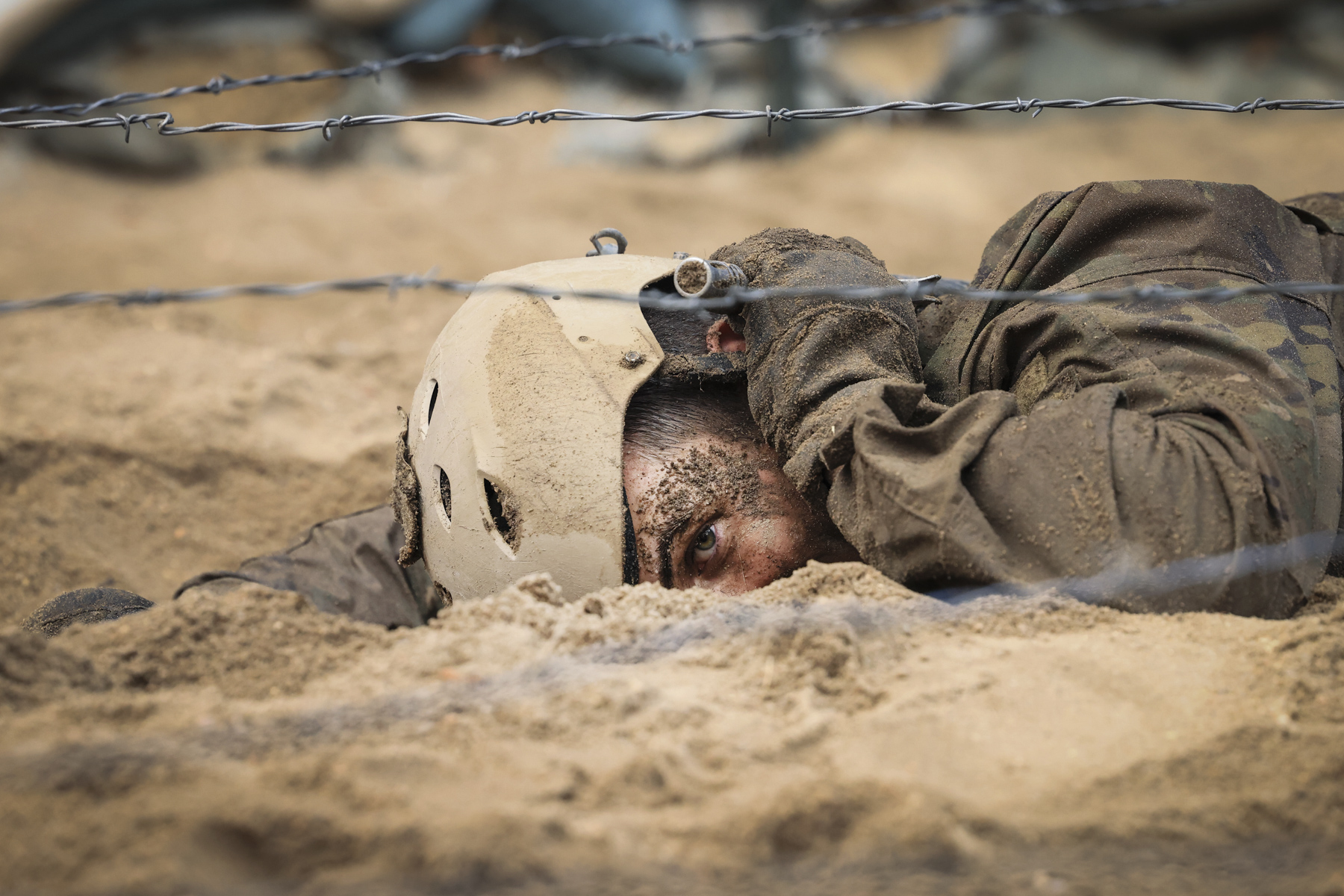Air Force Academy
The U.S. Air Force wants a diverse officer corps. It’s not working
TWO CADETS, ONE FIRST YEAR AT THE AIR FORCE ACADEMY
Rare access into the highly guarded military institution which resulted in the most sustained visual news coverage ever seen at the academy
Marcus Berrette has wanted to be a pilot since he was five years old
As a freshman, Tusajigwe Owens woke up every day wanting to do more
“Nothing here has come easy at all.”
– Tusajigwe Owens
The backstory
In 2021, the U.S. Air Force conducted a survey throughout its ranks on racial disparity. The responses were eye opening to the top brass and revealed a lack of trust in the chain of command to address racism, bias and unequal opportunities.
Not long after, the Air Force set new goals for generating a more diverse officer corps.
I was curious to see how those efforts would develop in action and figured what better place to witness those endeavors than at the institution that trains the future leaders, the U.S. Air Force Academy.
For nearly two years, working with Reuters, I was granted rare access into the highly guarded academy where I was able to follow two cadets, Marcus Berrette and Tusajigwe Owens, from their first day throughout their freshman, or “Doolie,” year as they navigated basic training, classes, social norms and the many traditions leading up to Recognition Day and beyond.
A newly appointed cadet picks up a Contrails book which the basic cadets will carry wherever they go, the cover of which is traditionally printed in the color corresponding to the incoming class, and will be required to recite much of it verbatim including information about the history of the U.S. Air Force, past and present aircraft and munitions, notable academy graduates, famous quotes, the preamble to the U.S. Constitution and the national anthem.
Chinonye Mbanugo, and other basic cadets, study the Contrails handbook during their first day.
Cadet Marcus Berrette
“I can’t sit back and try to lead from the background.”
– Marcus Berrette

